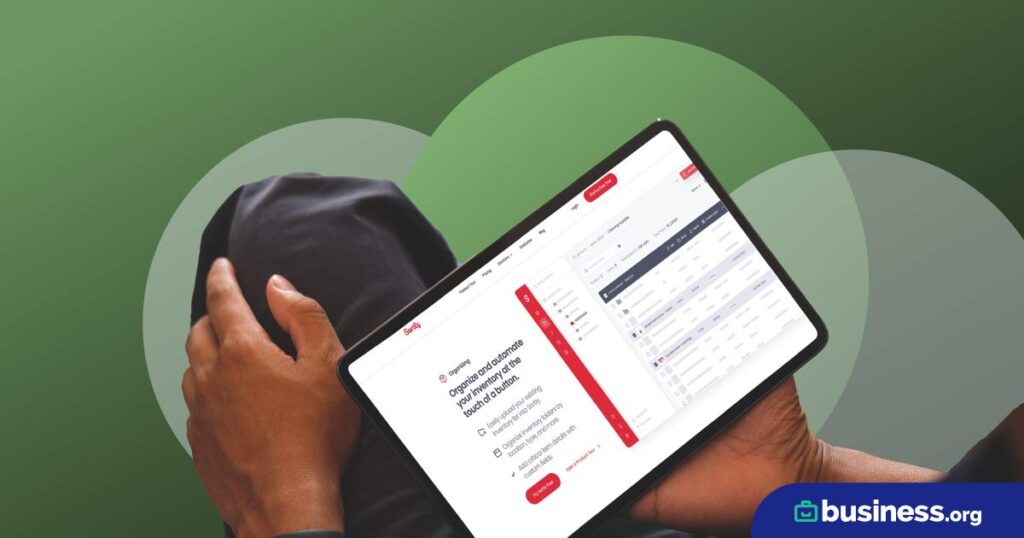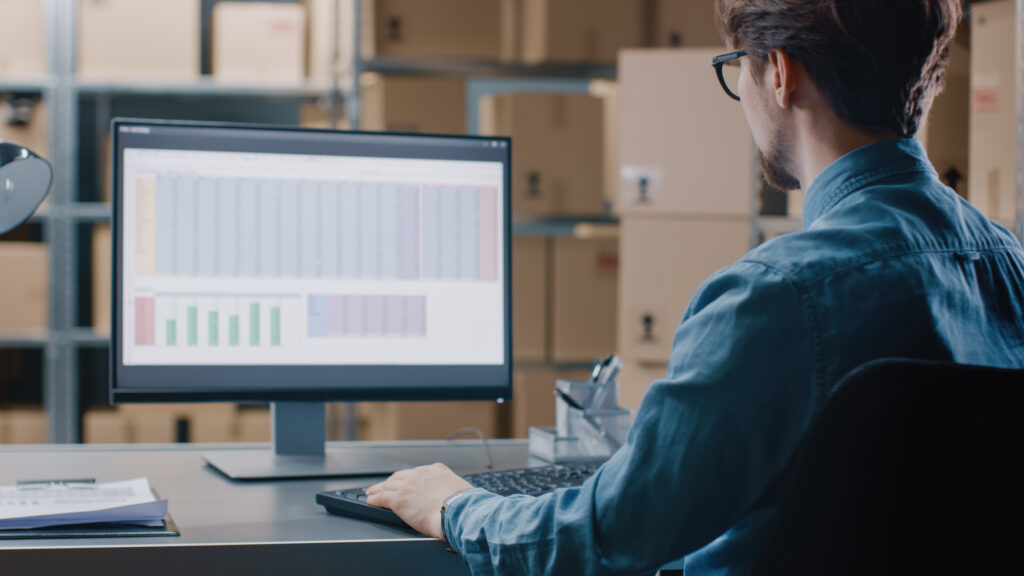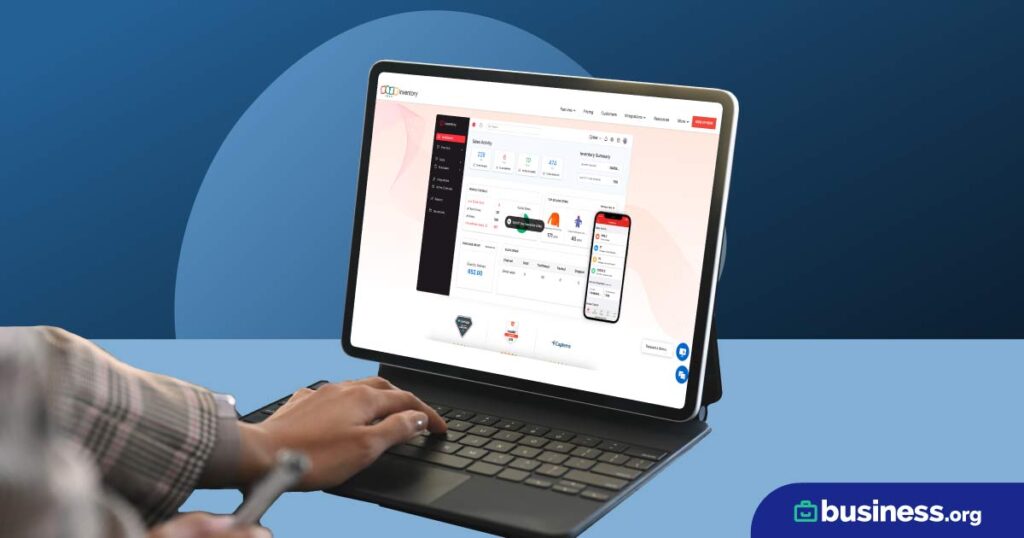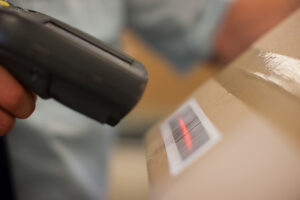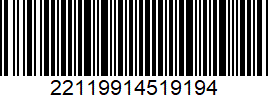We are committed to sharing unbiased reviews. Some of the links on our site are from our partners who compensate us. Read our editorial guidelines and advertising disclosure.
Barcode Types and Applications
What’s the difference between a UPC and an EAN? To help make sense of it all, we’ve outlined the difference between product codes and barcodes, including examples of the most common symbology types.
Types of product codes and barcodes
What is a barcode?
Barcodes are essentially just symbols and codes that represent your product’s data. While they may include a barcode number, they can also encode product data like size, manufacturing date, and more.
There are lots of different types of barcodes, each of which uses a different barcode symbology. Some use vertical bars, some use dots. Some are limited to a short string of numeric characters, others can have as many alphanumeric characters as you want. Some use white space to represent additional data, and some use a specific pattern of spaces and blocks to represent data.
With these different symbologies, you get certain benefits and drawbacks. Some barcode types are able to contain more data than others. Some barcodes also feature redundancies within their codes, ensuring that barcode scanners can get an accurate read even when the barcode label is damaged.
There are three main types of barcode: 1D, 2D, and 3D. Each type has its own set of symbologies, leaving you lots of options when choosing the right type of barcode for your business. But ultimately, your options will depend a lot on your industry, where and when you plan to use the barcode, and the type of data you want encoded into the barcode.
By signing up I agree to the Terms of Use and Privacy Policy.
1D barcodes
When most people think of barcodes, they imagine a 1D barcode. These linear barcodes use a series of dark vertical lines to represent data. Depending on the symbology, the spacing between these bars may also allow for additional data encoding.
1D barcodes are the least complicated barcode type, so they can be easily scanned with any laser barcode reader—or even your cell phone. Here are the most common types of 1D barcode symbologies.
UPC barcodes

UPC barcodes essentially take your product’s UPC number and put it in barcode format. They can contain your product’s ID number, details about the product’s manufacturer, and other top-of-mind details you need to know when selling or shipping an item.
UPCs are used on virtually every retail product, so they’re fairly prevalent. They’re also the most commonly used barcode type for point-of-sale transactions. Check out our guide to UPCs to find out more.
Most UPC codes use the standard 12-digit UPC number, but in the event that you don’t have a lot of space on your packaging, you can use a UPC-E. UPC-E codes are smaller and more compact, using only 6 digits. This makes scanning on small items a lot easier.
EAN barcodes
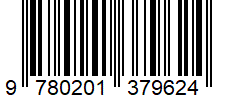
EAN barcodes are very similar to UPC barcodes, but with slight differences in text placement to accommodate the EAN code’s extra digit.
These types of barcodes are most often used on internationally sold products since all EAN and GTIN (a global trade barcode) numbers are 13 digits long. However, they’re also commonly found on books, since ISBN numbers are also 13 digits.
EAN-13 barcodes are the standard form of EAN codes, but if space is a factor, you can use the more compact EAN-8 barcode instead. JAN-13, ISBN, and ISSN barcodes are also considered variations on the EAN-13 symbology.
Code 39 barcodes

One of the oldest, most common barcode symbologies still in use is the Code 39 barcode. This barcode can be alphanumeric, and it can be any length. It’s most commonly used for electronics, healthcare, and government applications.
LOGMARS barcodes are variations of Code 39 barcodes. LOGMARS stands for Logistics Applications of Automated Marking and Reading Symbols, a set of Code 39 naming standards used specifically within the US Department of Defense.
GS1 DataBar barcodes
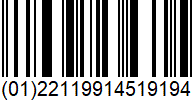
GS1 barcodes are the mandatory barcode type for retail coupons in the US—mostly because they’re fast and easy to read. This reduces the amount of time a customer has to spend at the cash register, which allows businesses to make more sales in less time.
Since GS1 DataBar codes are so fast to read, they’re also logical choices to use in patient care applications within hospitals and doctor’s offices. The faster you can scan a patient’s bracelet, the faster you can administer the care they need.
GS1 DataBar codes also use application identifiers. Whenever an application identifier appears (GS1 barcodes put application identifiers in parentheses), it signals the start of a new type of data. So if a (10) appears in your barcode, it means the following numbers in the code correspond to the product’s batch or lot number. But if it’s followed by a (15), it means the numbers after that correspond to the product’s “best before” date. This allows you to encode more complex information within your barcode.
Codabar barcodes

Codabar barcodes can be up to 16 alphanumeric characters long. They’re easy to scan and easy to print. In fact, any impact-style printer can produce a codabar code—even typewriters.
That being said, they don’t encode a lot of data, so they’re being phased out in favor of other symbologies with more data.

Ordoro offers everything you need to sell your products online or in person.
- Get total control over your inventory
- Align your business strategy with your stock management
- Maintain vendor and customer relationships
2D barcodes
While 1D barcodes use vertical stripes, 2D barcodes take things to the next level by using patterns of squares, rectangles, dots, and other geometric shapes. This allows for more variety within a small space, which ultimately means 2D barcodes are capable of storing more data than their linear counterparts.
The downside? They’re too complex for laser scanners to read. Businesses that use 2D barcodes will need advanced barcode scanners that can actually take pictures of and read non-linear barcodes.
If you’re thinking of using a 2D barcode, here are the four most popular symbologies:
Quick response (QR) codes

QR codes are a pretty popular barcode type these days, especially in marketing campaigns. QR codes can encode up to 1,520 characters, which can be alphanumeric, bit and byte binary, and even Kanji.
This means QR codes can contain mass amounts of data, including links. The symbology is also fast, and it features multiple redundancies—so it has a high fault tolerance in the event that the barcode label gets damaged.
However, QR codes are not as compact as data matrix codes (which you’ll read about below), so they may not be a good fit for small items. Business owners using QR codes would also need to invest more into getting QR code readers in their point-of-sale locations, warehouses, or anywhere else where the codes would be used (since QR codes are too complex to be read by laser scanners).
PDF417 codes
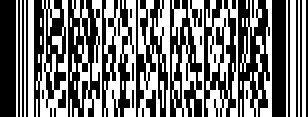
If the PDF417 barcode looks familiar, it’s probably because you’ve seen it on the back of your driver’s license. PDF417 codes are popular among agencies that produce IDs because the code symbology can support four times more data than any other type of 2D barcode—up to 1 kilobyte.
That means you can encode large data files like photos, fingerprints, and signatures. You can also encode links to multiple data files.
Data matrix codes
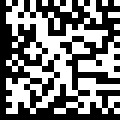
Data matrix barcodes feature a high data density, meaning they’re able to encode vast amounts of data (up to 3,116 characters) in a very small space. They can be read by CCD scanners even when they’re upside down or sideways. And they feature a high fault tolerance, fast readability, and application identifiers to help delineate different types of information within a single code.
All these features make data matrix codes very popular among electronics manufacturers and health-care providers.
Aztec codes
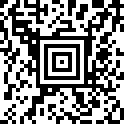
Aztec codes offer a number of unique perks. For starters, they don’t require a “quiet zone” of blank space around them—they can be read even when closely surrounded by text and other graphics.
Aztec codes can also be decoded even with poor resolution, so they can still be read when the printing gets smudged or they’re being scanned from a phone screen. That makes them perfect for boarding passes, tickets, and other travel applications where the printing or scanning quality may not be ideal.
3D barcodes
Want your barcode to contain even more data? 3D barcodes use advanced printing methods and even more variation than 2D barcodes, which allows them to encode tons of data.
The downside, of course, is that 3D barcodes cost more to print, making them hard to implement at scale. Depending on the 3D barcode you use, you may also need advanced barcode scanners to read your codes—which means even more of an expense.
As of this writing, the two main types of 3D barcodes are PM codes and embossed codes.
PM codes
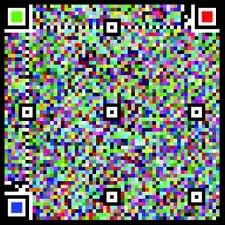
A PM code is essentially just a colorful version of the QR barcode format. But because there are so many color variations, PM codes can encode up to 1.8 Mb of information. That’s enough for a whole image or even a short video.
Unlike QR codes, PM codes can’t be scanned by mobile devices, which makes them a poor choice for marketing. And, they’re not ideal for businesses that can’t afford an advanced barcode scanner.
Embossed and engraved codes
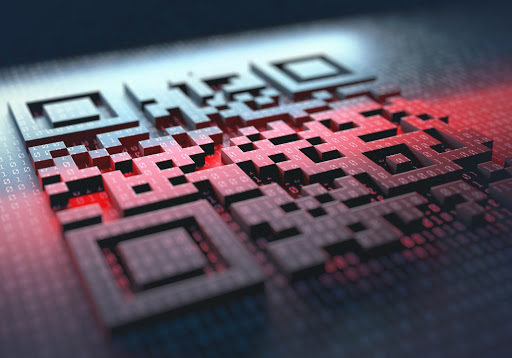
With this type of code, the barcode symbology of your choice is either engraved or applied onto the product or packaging. This creates a truly 3D code, with ridges and valleys that you can physically see and feel.
Scanning these codes gets tricky, though. To read the code, your scanner needs to be able to measure the depth of the code marks, as well as the thickness, shape, and positioning of the marks. To get that kind of a read, you’d need direct part mark scanners, which are hundreds to thousands of dollars each.
On the plus side, engraved codes are much more resistant to factors that would deteriorate a standard printed barcode label (like high heat, pressure, moisture, etc.). So despite their extra cost and complicated reading process, they may be the right choice for some applications.
FAQ about product codes and barcode types
Is there a “standard” barcode type?
There is no single “standard” barcode type. However, UPC barcodes are probably the most commonly used barcode symbology. That being said, different barcode symbologies are considered “standard” in certain industries and for certain product types. For example, EAN barcodes are “standard” for books since they are the same number of digits as ISBN numbers.
Barcode symbologies themselves are also regulated by various governing bodies (such as the GS1 for GS1 DataBar codes). These governing bodies often designate a set of barcode standards for their respective barcode symbologies (such as not being able to use an odd number of digits or requiring a check digit in a specific position).
How do I create a barcode?
There are plenty of free online barcode generators that let you easily create barcodes, but you aren’t able to generate any codes en masse. That’s not great if you’re trying to print labels for thousands of new products at a time.
To create barcodes for lots of items at once, we recommend using a barcoding software like BarTender. Alternatively, if you’re using an inventory management system like Ordoro or Wasp Inventory Control, you can use your inventory management software to generate your barcodes.
What type of hardware do I need to start using barcodes in my business?
The first thing you’ll need to implement barcodes in your inventory management is a barcode scanner. While there are decent laser scanners available for less than $50 apiece, you may need a more advanced scanner (like a part mark or CCD scanner) if you plan to use 2D or 3D barcodes.
If you plan to print your barcodes yourself, you may also need to invest in a barcode label printer. Sure, you can use your office inkjet printer, but you’ll get a more durable, smudge-proof barcode with a thermal printer.
The takeaway
Barcodes allow you to encode data about your products in an easily accessible way. But there are hundreds of different barcode types, all of which encode your product data differently and have their own strengths and weaknesses.
Hopefully, this article has provided additional clarity around the most commonly used barcode types and given you the information you need to choose the right barcode symbology for your needs.
Ready to get started? Check out our top barcoding software picks to find the best program to help you generate your product barcodes.
Disclaimer
At Business.org, our research is meant to offer general product and service recommendations. We don't guarantee that our suggestions will work best for each individual or business, so consider your unique needs when choosing products and services.
Sources
Google, “Important Update: GTIN Requirements Are Expanding Soon.” Accessed September 29, 2020.
